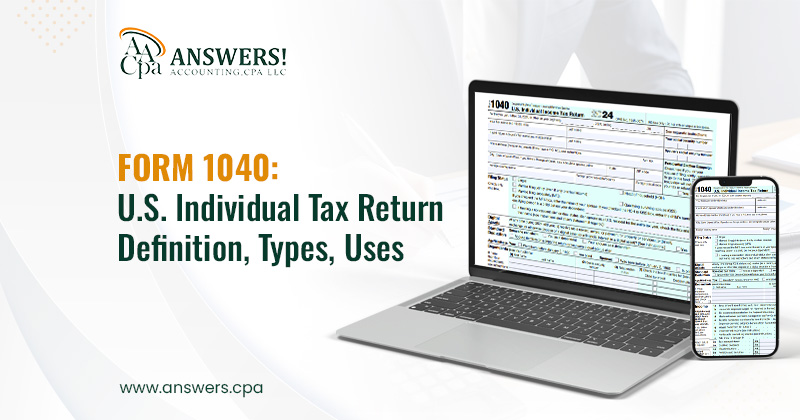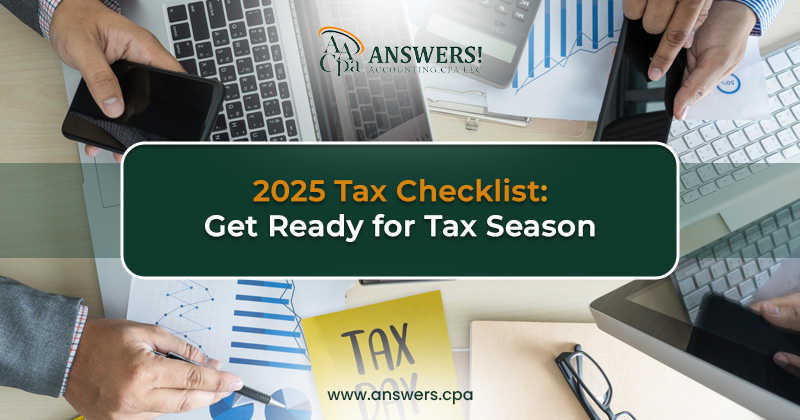10 Important Things to Know About US Tax Deadlines
As tax season approaches, understanding key tax deadlines
can be crucial for keeping your finances on track. While most of us know that
taxes are due in April, it’s easy to overlook other essential dates and
requirements, especially if you’re a business owner, freelancer, or expatriate.
In this guide, we’ll break down ten critical U.S. tax deadlines, explaining
what each date means and why it’s important to stay informed. By the end,
you’ll have a clearer picture of how to manage your tax obligations effectively
and avoid unnecessary penalties.
1. Main Tax Filing Deadline: April 15
For most individual taxpayers, the federal tax return is due
on April 15 each year. Missing this date without filing an extension can lead
to penalties and interest on any unpaid taxes. However, if April 15 falls on a
weekend or holiday, the deadline moves to the next business day.
For 2025, the tax filing deadline is scheduled for Monday,
April 15. Failing to file by this date could result in a failure-to-file
penalty of 5% of unpaid taxes for each month the return is late.
Filing by April 15 allows you to avoid the IRS late-filing
penalty, which can be 5% of the unpaid taxes for each month the return is late,
up to 25% of the unpaid amount. It also helps you avoid interest that accrues
daily on any unpaid tax balance after the deadline. This deadline is crucial
for both individual taxpayers and business owners who need to report their
income accurately to avoid legal and financial repercussions.
2. Requesting an Extension
If you need more time to file, you can request an extension
using Form 4868. This form must be filed by April 15, and it grants an
automatic six-month extension, giving you until October 15 to submit your
return. Remember, this extension only applies to the filing, not to paying any
taxes owed. Therefore, you’ll need to estimate and pay what you owe to avoid
penalties.
Steps to Request an Extension
Complete Form 4868: Available on the IRS website
or through tax software.
Submit Online: Use e-filing services or IRS
Direct Pay to submit your extension.
Pay Estimated Tax Due: If you expect to owe
taxes, send an estimated payment to avoid interest charges.
The IRS advises that extensions must be filed by the April
deadline to avoid late filing fees. For those who travel frequently or have
complex financial situations, an extension can be a vital tool to ensure
accuracy and avoid errors on your tax return.
3. Quarterly Estimated Tax Deadlines
If you’re self-employed, a freelancer, or earn income that
isn’t subject to withholding, you must make quarterly estimated tax payments.
The IRS requires these to cover your Social Security, Medicare, and income
taxes. The dates are:
|
Quarter |
Payment Due Date |
|
Q1 |
April 15 |
|
Q2 |
June 15 |
|
Q3 |
September 15 |
|
Q4 |
January 15 (next year) |
Failing to make these payments can result in underpayment
penalties, so it’s crucial to pay on time. You can calculate your estimated
taxes using Form 1040-ES. Estimated tax payments are required if you expect to
owe at least $1,000 in taxes for the year beyond withholding and credits.
Real-World Scenario
Freelancers often have fluctuating incomes, which can make
estimating taxes a bit tricky. If you work in an industry with seasonal income,
you might earn more in some quarters than others. The IRS allows you to adjust
your quarterly payments based on actual earnings, which can help prevent
overpayment and ensure you’re in line with IRS requirements.
4. Business Tax Deadlines
If you own a business, your filing deadlines may vary
depending on its structure:
Partnerships & S Corporations: Due on March
15. These entities can file for a six-month extension, moving the due date to
September 15.
C Corporations: Due on April 15 (for calendar-year corporations). Corporations can also file Form 7004 to extend their filing deadline to October 15.
Additionally, businesses classified as limited liability companies (LLCs) can also be subject to these deadlines depending on how they’re taxed, so it’s essential to know your business classification.
Example:
Let’s say your business is an S corporation. You’d need to
file your return (or request an extension) by March 15 to avoid penalties. If
you miss this deadline and owe taxes, you may incur a late payment penalty of
0.5% of the unpaid tax balance for each month it’s overdue. This can be avoided
by filing early and paying any estimated taxes due by the deadline.
5. Deadlines for Expatriates
U.S. citizens and resident aliens living and working outside
the U.S. get an automatic two-month extension to June 15 to file their federal
income tax returns. This applies whether you’re stationed overseas temporarily
or reside abroad year-round. However, if you owe taxes, interest still accrues
from April 15.
Additional Extensions for Expatriates
Expatriates can also file Form 2350 to request additional
time beyond June 15, particularly if they expect to meet certain residence or
physical presence requirements. Many expatriates file with the Foreign Earned
Income Exclusion (Form 2555), allowing them to exclude a portion of their
earned income from U.S. taxation. In 2023, this amount was $112,000, and
adjustments for inflation are made each year.
For those working abroad in high-tax countries, using the
Foreign Tax Credit (Form 1116) may also help reduce double-taxation issues by
offsetting U.S. taxes with foreign taxes paid.
6. State-Specific Deadlines
In addition to federal deadlines, each state has its own
filing requirements. For instance, California and New York typically align with
the federal April 15 deadline. However, states like Massachusetts and Maine may
have deadlines that vary slightly based on state holidays.
Checking your state’s Department of Revenue website can
ensure you’re compliant with both federal and state filing requirements. It’s
also worth noting that some states, like Texas, Florida, and Washington, do not
have a state income tax.
7. IRA, SEP IRA, and HSA Contribution Deadlines
If you contribute to an Individual Retirement Account (IRA),
a Simplified Employee Pension (SEP) IRA, or a Health Savings Account (HSA), you
can make contributions for the previous year up until the April 15 tax filing
deadline. These contributions can reduce your taxable income, so contributing
by the deadline can be financially advantageous.
For SEP IRAs, if you have an extension, you can contribute
up until your extended deadline, usually October 15. Contributions to these
accounts can result in significant tax savings. For 2023, the IRA contribution
limit was $6,500 for those under 50, with an additional $1,000 catch-up
contribution allowed for those 50 and older.
Pro Tip:
Maximizing your contributions can not only reduce taxable
income but also help secure your financial future. For example, HSA
contributions are a great way to save for healthcare expenses while getting a
tax deduction, as they’re one of the few accounts that offer tax-free
contributions, growth, and withdrawals when used for qualified medical
expenses.
8. Disaster Relief Extensions
In cases of federally declared disasters, the IRS often
extends filing deadlines for affected individuals and businesses. This includes
additional time to file returns, pay taxes, and make other time-sensitive
payments.
For example, the IRS extended deadlines for taxpayers in
certain disaster areas following recent hurricanes and wildfires. Check the IRS
Disaster Relief page regularly if you live in an area prone to natural
disasters. Following the 2023 wildfires in California, affected individuals
received extensions on their 2022 tax filings and payments until October 16,
2023.
9. Self-Employment and Solo 401(k) Contributions
If you’re self-employed, you can contribute to retirement
accounts like a Solo 401(k) until the tax filing deadline, including any
extensions. This contribution can be made until October 15 if you’ve filed for
an extension. This allows you to increase retirement savings while potentially
reducing taxable income. Self-employed taxpayers are also eligible to deduct
their contributions to these accounts, up to 25% of their net earnings.
10. Consequences of Missing Deadlines
Missing tax deadlines can result in several penalties and
fees. The Failure-to-File Penalty is typically 5% of the unpaid taxes for each
month your return is late, up to 25%. The Failure-to-Pay Penalty is 0.5% of the
unpaid taxes per month. The IRS also charges interest on unpaid balances, which
compound daily.
Late Payment Interest Rates
For 2023, the IRS interest rate for underpayment of taxes
was 7% per year, compounded daily. This rate can vary based on federal interest
rate adjustments, so the impact of missing deadlines can become substantial
over time.
Staying Ahead of Tax Deadlines
Staying informed about tax deadlines is essential for any
taxpayer. By understanding these ten critical dates and taking proactive steps
to meet them, you can avoid costly penalties, reduce stress, and feel more
confident managing your tax obligations. Consider setting calendar reminders,
working with a tax professional, or using tax software to stay on top of
deadlines. With a little preparation, you’ll have a smoother tax season and can
focus on what matters most to you.
For business owners, keeping track of both federal and state
deadlines can be challenging, so investing in a tax advisory service may be a
smart choice. Meanwhile, expatriates should make use of available resources to
stay compliant with U.S. tax laws. Whatever your situation, having a solid
understanding of tax deadlines is key to staying in good standing with the
IRS.
FAQs
1. When are taxes due?
Most people need to file their taxes by April 15. If April
15 is on a weekend or holiday, then the deadline is the next business
day.
2. What if I need more time to file my taxes?
You can ask the IRS for extra time to file by submitting a
Form 4868 before April 15. This gives you six more months, until October 15, to
file your tax return.
3. Who needs to pay taxes every three months?
People who are self-employed or earn income that isn’t from
a regular paycheck, like freelancers, usually need to pay taxes four times a
year. These payments are due in April, June, September, and January.
4. Are there different deadlines for businesses?
Yes, businesses like partnerships and S corporations need to
file taxes by March 15, not April 15. They can also get a six-month extension
if needed.
5. What happens if I miss the tax deadline?
If you miss a deadline, the IRS might charge a penalty and
interest on any unpaid taxes. This means you may have to pay extra, so it’s
best to file on time to avoid extra fees.








